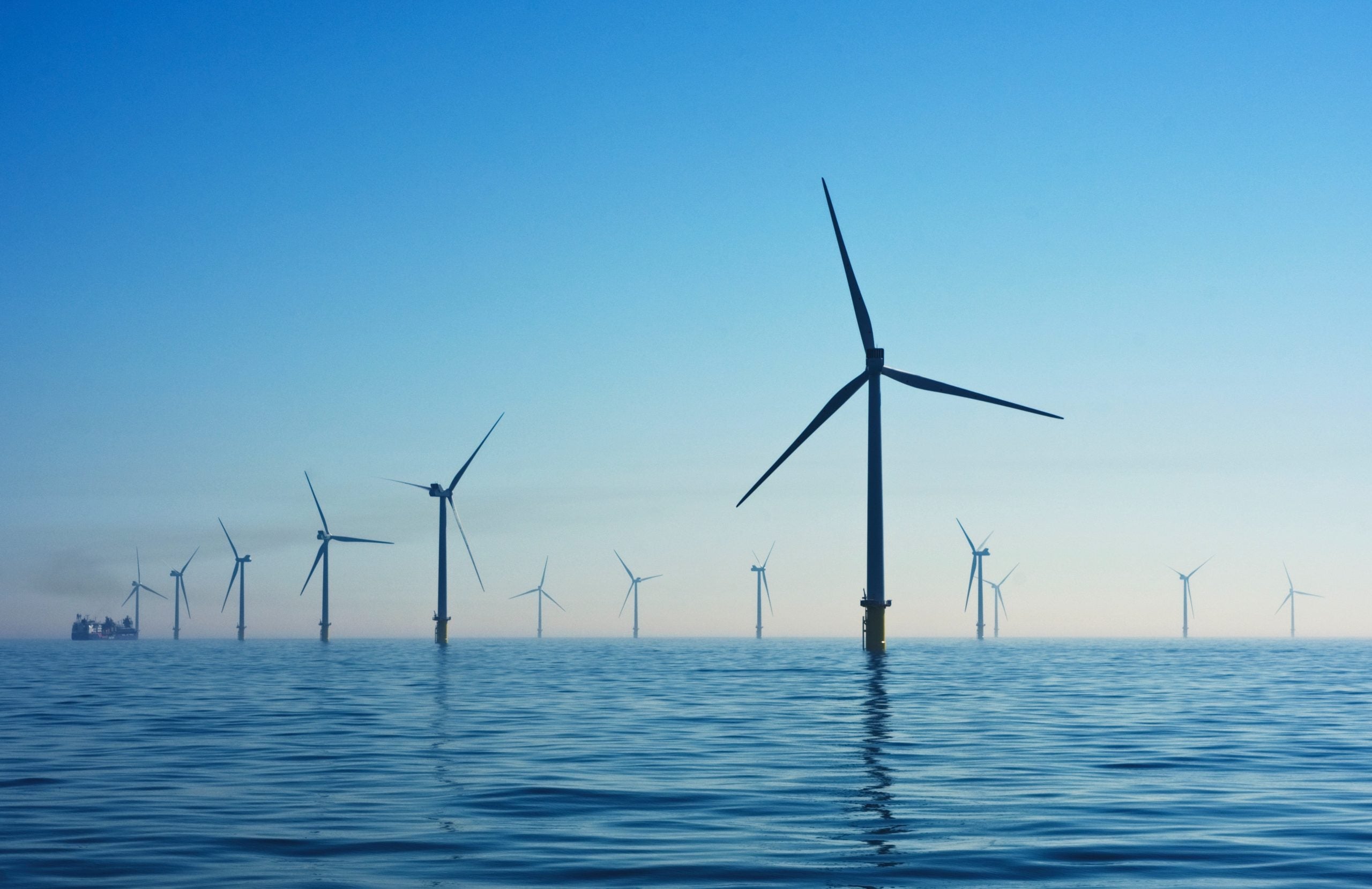
The UK’s power transmission infrastructure cannot cope with the maximum capacity of the country’s wind farms, a Sky News inquiry has revealed.
A lack of cables between Scottish wind farms and the rest of the UK is partly to blame for significant power wastage on the windiest days.
Only one major undersea cable and two main junctions connect the British transmission network to offshore generation. As a result, especially windy days cause power bottlenecks that require turbines to be turned off to prevent damage.
Despite this, wind capacity in Scotland and the North Sea continues to increase, with several large wind farms under construction.
In 2022, the British transmission company National Grid spent £215m ($256.75m) paying for wind turbines to be switched off, and an additional £717m to turn on gas turbines closer to the source of demand to make up for the shortfall.
A spokesperson for the National Grid Electricity System Operator, which manages electricity supply and demand in the UK, said that it “operates the system in the most cost-effective way for the consumer, keeping capital costs as low as possible”.
How well do you really know your competitors?
Access the most comprehensive Company Profiles on the market, powered by GlobalData. Save hours of research. Gain competitive edge.

Thank you!
Your download email will arrive shortly
Not ready to buy yet? Download a free sample
We are confident about the unique quality of our Company Profiles. However, we want you to make the most beneficial decision for your business, so we offer a free sample that you can download by submitting the below form
By GlobalData“Like many system operators across the world we make constraint payments when it is more economical to temporarily reduce wind output, for example, than build expensive new infrastructure.
“We constantly analyse constraint costs versus the building of new assets and are working with industry to reduce the impact of network constraints whilst building a greener system."
Additionally, a spokesperson for the UK’s energy regulator Ofgem noted that it has set out a faster regulatory approval and funding process. The regulator hopes that this will help enable connection of up to 50GW of offshore wind energy by 2030 in line with the UK government’s targets. According to the regulator, this will unlock around £20bn of network investment “at pace”.



